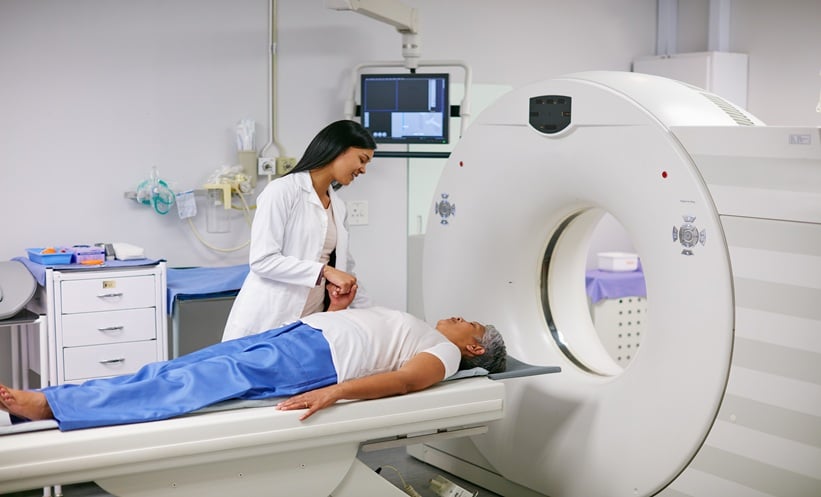IN CHINA, a recent study found that the platelet-to-lymphocyte ratio (PLR), when observed alongside other clinical factors, may help to improve the detection of prostate cancer. The researchers developed a model that demonstrated strong stability and diagnostic performance, particularly for men with prostate-specific antigen (PSA) levels in the range of 4–20 ng/mL.
Prostate cancer causes over 300,000 deaths annually, and is one of the most common cancers in men. Typically, PSA testing is used to screen for the disease; however, PSA levels can be elevated due to various benign conditions, which complicates diagnosis in some cases. This investigation stands out because it identifies a combination of measurable factors, including PLR, that could offer a sharper picture of which patients may have prostate cancer and thus benefit from further investigation.
PSA is a protein produced by the prostate gland, and its levels can be measured through a simple blood test. Elevated PSA can indicate cancer, but could also be a sign of benign conditions such as inflammation or enlargement of the prostate. Meanwhile, PLR is derived by dividing the platelet count by the lymphocyte count. This serves as a measure of systemic inflammation, which has been associated with cancer progression.
In this research, 70% of the data was placed into training set, and the other 30% was placed into a validation set. Independent risk factors, such as age, total PSA, and PLR, were measured by logistic regression, while decision curve analysis and cross-validation determined the model’s accuracy. The team also used a nomogram to display its clinical application. Notably, the model’s predictive power was most effective within the PSA range of 4 to 20 ng/mL.
The study found no link between PLR and the prostate cancer grade (as classified by the International Society of Urological Pathology (ISUP) grading system). The researchers acknowledged that the findings are limited by the specific dataset used, and wider studies across different centres and countries would be necessary to confirm whether these results apply to broader populations.
If supported by further research, this model and approach could support more precise diagnostic decisions for older men with moderately elevated PSA, potentially reducing unnecessary procedures and focusing attention on those most likely to have clinically significant prostate cancer.
Reference
Sun J et al. Predictive value of inflammatory marker PLR in prostate cancer. BMC Urol. 2025;25(1):188.







